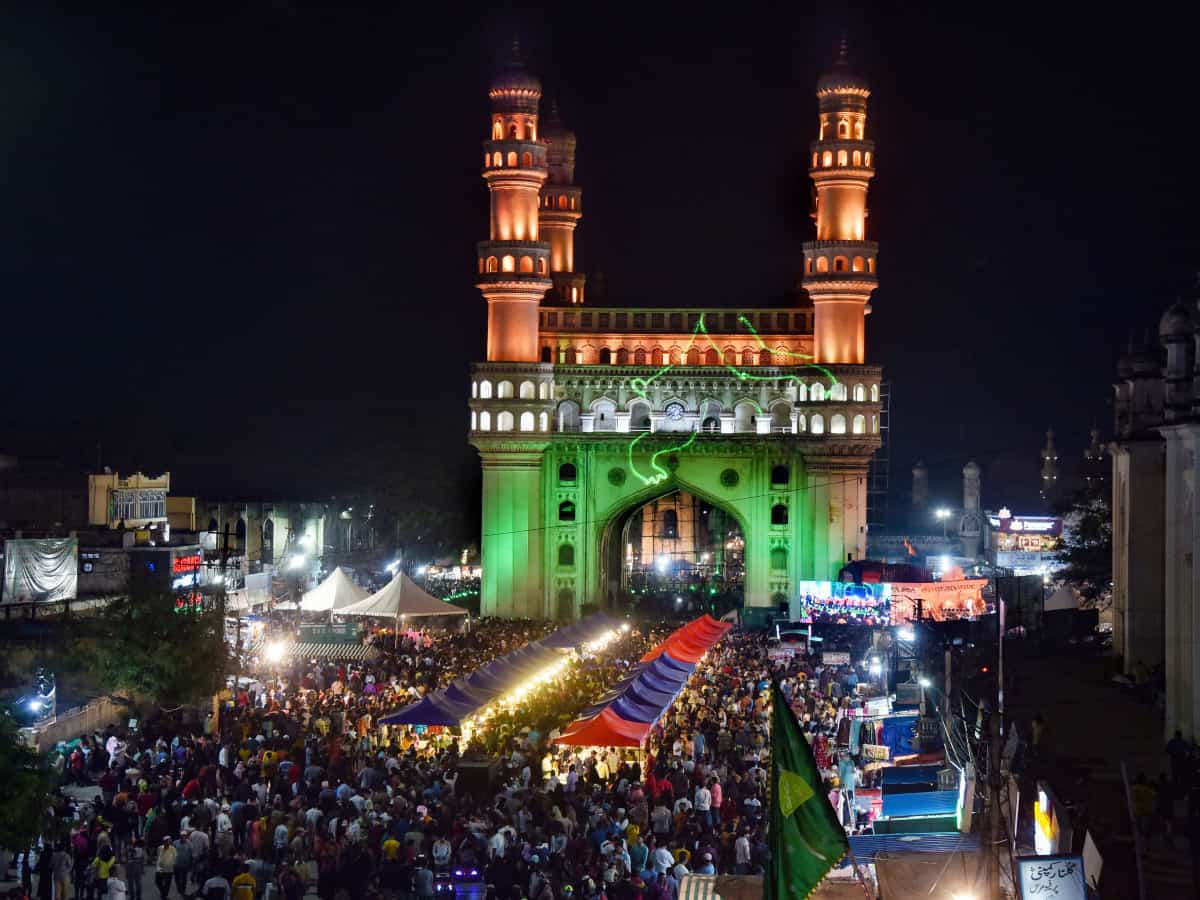
Hyderabad: On the occasion of Republic Day, let’s explore the state category of the erstwhile Hyderabad after the Indian constitution came into effect on January 26, 1950.
In 1950, the constitution featured a four-fold classification for the states of the Indian Union.
Classification of Indian States in 1950
When India gained independence on August 15, 1947, there were provinces of British India and princely states.
On January 26, 1950, when the Indian constitution came into effect, states were categorized into Part A, Part B, Part C, and Part D. The former Hyderabad state found its place under Part B.
- Part A: Provinces of British India.
- Part B: Nine erstwhile princely states with legislatures.
- Part C: Former chief commissioner’s provinces of British India and some princely states.
- Part D: Andaman and Nicobar Islands.
Besides the erstwhile Hyderabad State, eight more former princely states were placed under Part B. The list includes:
- Hyderabad
- Jammu and Kashmir
- Madhya Bharat
- Mysore
- Patiala and East Punjab
- Rajasthan
- Saurashtra
- Travancore-Cochin
- Vindhya Pradesh.
Integration of erstwhile Hyderabad state into Indian Union
At the time of independence, there were 552 princely states within India’s geographical boundaries. Out of them, 549 joined India immediately after independence.
Later, the remaining three—Hyderabad, Junagarh, and Kashmir—were also integrated with India.
The erstwhile Hyderabad state integrated with India in 1948. Initially placed under Part B, it was later divided into Andhra State, Mysore State, and Bombay State.
French President to grace India’s 75th Republic Day celebrations as chief guest
French President Emmanuel Macron is the chief guest at India’s 75th Republic Day celebrations, marking a unique reciprocal exchange following Prime Minister Narendra Modi’s visit to France on its National Day in July 2023.
This visit by President Macron marks the sixth time a French leader, and the fifth President, has been invited as the Chief Guest at India’s Republic Day. This tradition began with President Jacques Chirac in 1976, followed by Valery Giscard d’Estaing in 1980, Nicolas Sarkozy in 2008, and Francois Hollande in 2016.
Macron will attend the Republic Day parade in New Delhi as Chief Guest. He will attend the At Home reception at Rashtrapati Bhavan and, later, the State Banquet, at the invitation of the President Droupadi Murmu.



